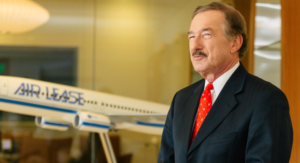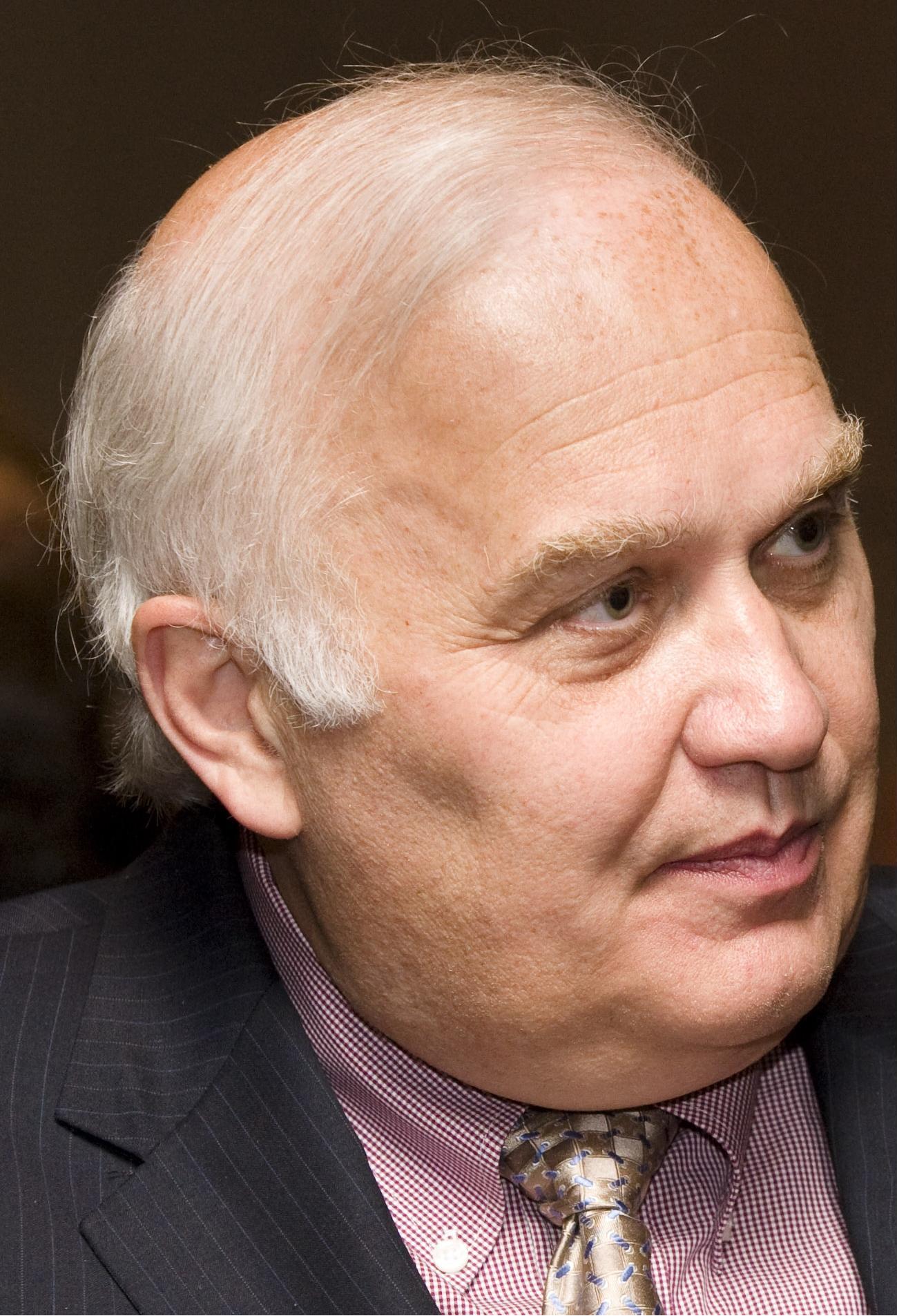Leeham News and Analysis
There's more to real news than a news release.
Pontifications: “We’re sick and tired of new technologies:” Avolon CEO
Editor’s Note: As Airbus and Boeing consider new airplanes, their current generation aircraft are plagued with technical issues. The engines on the A320neo and 737 MAX families continue to have problems years after entry into service. The Boeing 787, which had ground-breaking technology when it was designed, has production issues. Flight testing early on revealed technical problems with the engine on the 777X, prompting the president of Emirates Airline to publicly suggest he won’t accept delivery until the engines are fully “mature.”
Aviation Week’s Check 6 podcast last week examined Boeing’s path toward a new airplane. Boeing CEO David Calhoun insists on waiting for new technology. But “new technology,” while in theory is a great idea, the phrase also scares people. LNA reported on this in March 2020. We’re reposting this article from then.
Related Stories
Now Open to All Readers
Subscription Required
Introduction
By Scott Hamilton
March 16, 2020, © Leeham News: “I can tell you from our perspective, we’re kind of sick and tired of new, new technology. It’s not proven to be the home run.”
This blunt assessment comes from the chief executive officer of the big aircraft lessor, Avolon.
Domhnal Slattery, the CEO, was giving his critique of whether Boeing should launch a new airplane once the 737 MAX crisis is over. (Update: Since this interview, Slattery retired from Avolon.)
Boeing was on a path to decide whether to launch the New Midmarket Airplane when the MAX was grounded one year ago this month.
Airbus was waiting for Boeing to move before deciding how to respond.
Summary
- Airbus and Boeing should “stick to their knitting.”
- Focus on incremental improvements for now.
- 2030s to 2050s will be the next big advance in technologies.
Lessor 2021 Earnings
Subscription Required
By Vincent Valery
Introduction
May 3, 2022, © Leeham News: Most passenger airlines incurred severe losses in 2020. However, last year, LNA showed that most lessors had a far less challenging 2020 than their customers. Many lessors managed to turn a profit in 2020.
As a future LNA article will show, the financial fortunes of most passenger airlines significantly improved in 2021 compared with 2020. We will now analyze how the largest lessors that publish their accounts performed in 2021.
Summary
- Changes in the lessor landscape;
- Contrasting financial fortunes;
- The aftermath of the Ukraine war.
Cheap aluminum widebodies may finally enable long-haul LCC profitability
Subscription Required
By Judson Rollins
Introduction
June 10, 2021, © Leeham News: Residual values and lease rates have plummeted to record lows for previous-generation widebodies like the A330, 767, and 777. Inventories continue to build around the world, and prices appear set to fall even further.
At the same time, business travel ground to a near-halt in most regions. Even in countries where domestic leisure travel rebounded, like the US or China, average fares are down 20%-40%.
Southwest Airlines describes itself as a “low-fare carrier.” With business and premium-cabin traffic expected to take 3-4 years to return and be permanently impaired to some extent, every airline may be a low-fare carrier for years to come.
With higher-density seat configurations, more flexible scheduling – and, most importantly, the lower capital costs of used aircraft – new low-cost carriers (LCCs) could break even on long-haul routes with materially lower revenue than their predecessors.
This confluence of events has created a once-in-a-generation, perhaps once-in-a-lifetime, opportunity for new airlines to achieve a sustainable cost advantage over legacy carriers weighed down by capital-intensive aircraft, expensive crew contracts, and record-high debt service costs.
Summary
- Previous long-haul LCC startups failed due to insufficient capital, overextended operations, fares too low to cover costs.
- Ultra-low lease rates make used A330s cheaper to fly than new-technology aircraft.
- Lower costs, surgical route selection level the long-haul playing field.
- Legacy hub-and-spoke model will be weakened by “overflight” routes.
- Low capital costs mean used airplanes need only be flown when demand warrants.
Widebody availability set to surge; could new entrants take advantage?
Subscription Required
By Judson Rollins
Introduction
June 3, 2021, © Leeham News: Lessors are expected to write down the value of their widebodies as the long-haul travel slump appears set to extend well beyond this year, LNA reported last week.
A tidal wave of excess widebodies has reduced ownership costs to historic lows. Prices will only go lower as lessors finally initiate distressed-asset sales, and lease rates will continue to fall as used widebody inventory grows.
A confluence of factors, topped by the availability of lower-cost used widebodies, could increase the cost advantage of low-cost carriers over legacy competitors – at the same time reduced business travel and lower yields reduce the gap between legacy and LCC unit revenue.
Summary
- Widebody availability is set to increase steadily throughout the decade.
- What airplanes are likely to be most attractive?
- Sustainably lower costs could enable low-cost carriers to overcome a shrunken “revenue gap.”
Widebody write-downs are coming – how much will asset values be affected?
Subscription Required
By Judson Rollins
Introduction
May 27, 2021, © Leeham News: As central banks pumped liquidity into the global economy over the past 15 months, aviation has attracted a steady stream of investor interest.
However, aircraft transactions have been few and far between apart from growth in sale-leasebacks. An expected wave of lessor consolidation has been limited to one major transaction, the AerCap/GECAS merger announced in March. Even this was likely driven by GECAS parent General Electric’s push to dismantle its finance business, GE Capital.
Fly Leasing, a lessor with just 84 aircraft, sold itself to private equity firm Carlyle Aviation Partners in March. These have been the only lessor mergers or acquisitions to date, despite wide speculation the COVID pandemic would spur many lessors to combine.
A lack of merger activity is likely because aircraft leasing is not a business with large economies of scale.
Widebody aircraft values have fallen 30%-40% since the start of 2020, according to the UK appraiser Ishka. Relatively few of these aircraft have been written down on lessor balance sheets, but more are expected to be so toward the end of this year.
Summary
- Equity investors looking for high returns are finding disappointment so far.
- Asset write-downs are unlikely to have much impact on lessor viability – but could open the door to distressed sales.
- Could a glut of unused widebodies lead to a wave of new airlines?
Airlines seek rent relief as coronavirus impacts widen
By Scott Hamilton
March 11, 2020, © Leeham News: Some airlines already are asking for rent relief as a result of widespread groundings of aircraft because of the coronavirus.
BOC Aviation, Avolon and Air Lease Corp are just three lessors acknowledging they’ve already been asked for relief. They spoke on the sidelines of an aviation industry conference in Austin last week.
Asian airline troubles could affect up to 20% of Airbus, Boeing backlogs
By Judson Rollins
Subscription Required
In last week’s analysis, LNA examined which airlines in greater China and the rest of Asia may be in imminent risk of financial distress due to the growing coronavirus outbreak. We found that airlines from Malaysia to Japan have significant exposure to the Chinese market. Several have shaky balance sheets and were already losing money prior to the outbreak, most notably AirAsia, AirAsiaX, Thai Airways, Nok Air, Malaysia Airlines, and Asiana.
The coronavirus outbreak has now spread to Europe and the Middle East, but we are continuing our focus on Asia as it’s been most greatly affected so far. Additional analysis focusing on Europe will follow, with particular attention to the potential for further airline consolidation on the continent.
LNA reviewed ownership and operating data on aircraft to understand top manufacturer and lessor exposure to greater China, which includes Hong Kong and Macau, and the rest of East Asia.
Summary
- Airbus has greater exposure to China and the rest of East Asia, especially in widebodies;
- Boeing’s 787, 777X difficulties will be exacerbated by Asian airline troubles;
- COMAC’s sales book is almost exclusively in China, but government support is likely;
- ATR has material exposure to Southeast Asia; other regional aircraft OEMs are largely unaffected.
Leasing industry sees a role in airline sustainability work
By Bjorn Fehrm
January 22, 2020, ©. Leeham News, Dublin: The yearly Air Finance Journal conference finished its second day with a Q&A with the top executives of the Leasing industry.
The Leasing companies buy 40% of all new airliners from the likes of Airbus and Boeing, to later rent them to the airlines on a monthly basis.
With 40% of all new aircraft delivered to these companies, their view on where we are in the cycle and what are the main challenges facing air transport is important.
The main topics during the three-day conference are the state of the airlines, the ease or difficulty to finance the purchase of $50bn of aircraft per year and the growing issue of air transport and the environment.








